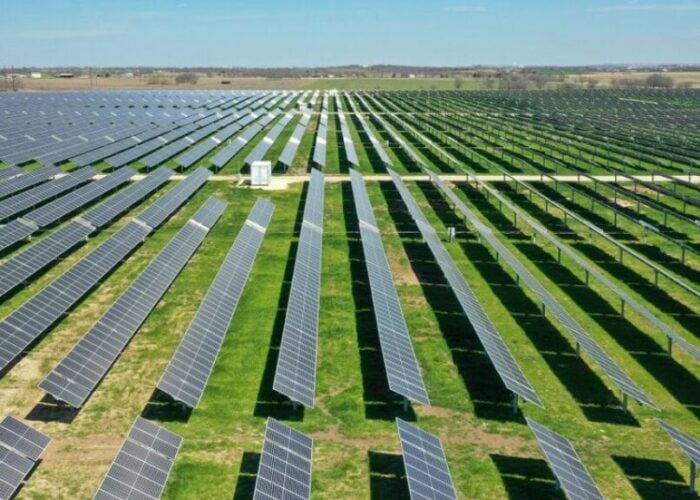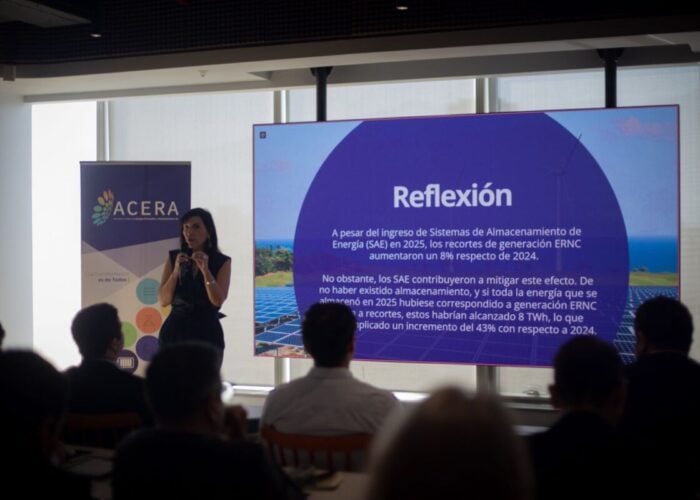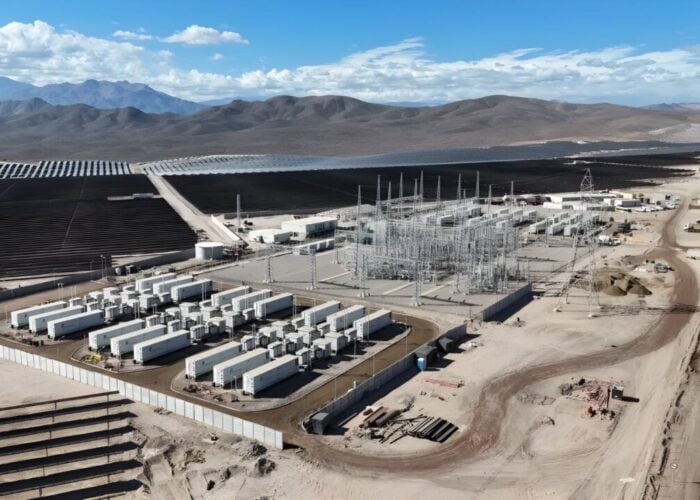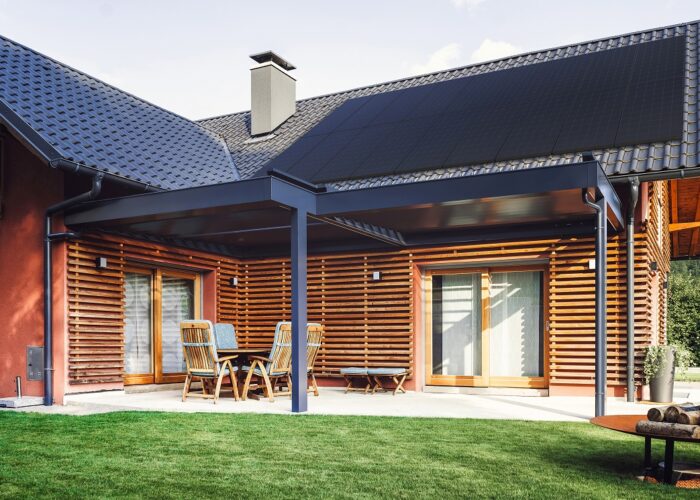Annual SEC 10-K and 20-F reports don’t make for light reading and have been cited by experts as a cure for insomnia. For those willing to make the plunge, however, they offer more-detailed information and insights into a publicly traded entity beyond the data found in quarterly financial statements. One of the leading Chinese solar PV manufacturers, Trina Solar, has just filed its yearly tome, and I’ve found a few nuggets worth sharing.
As part of its 20-K, Trina broke down its ingot, wafer, cell, and module production capacity and output figures for 2012, from which one can calculate its de facto capacity utilisation—a telling indicator of a high-tech manufacturing concern’s relative health. Since the company is mostly vertically integrated, the ingot and wafer utilisation numbers were pretty tight at 95% and 90%, respectively. But as the products move down the production chain, things got looser, with cell and module utilisation at 64.6% and 71.67%, respectively, as of December 31. The count included modules made (1720MW for the year) but not shipped, so there’s even a bit more wiggle room in those final figures. Based on the actual shipment number of 1594MW cited in the document (at an average selling price per watt of 78 cents), that means 126MW of modules lurking in that purgatorial area between the factory floor and the customer warehouse; a capacity utilisation rate estimated on the basis of actual panels shipped comes in at an even weaker 66.4%.
Try Premium for just $1
- Full premium access for the first month at only $1
- Converts to an annual rate after 30 days unless cancelled
- Cancel anytime during the trial period
Premium Benefits
- Expert industry analysis and interviews
- Digital access to PV Tech Power journal
- Exclusive event discounts
Or get the full Premium subscription right away
Or continue reading this article for free
Trina says it has no plans to expand its production footprint in 2013, and with less than three-quarters of its capacity utilised at the end of last year, that would seem to be a sound decision—unless, of course, business picks up significantly. That said, there’s slight differences in the capacity numbers provided during the company’s late February earnings call and the figures published in the annual report: ingot and wafer capacities have increased from 1200MW to 1250MW each, while cells and modules each grew 100MW per annum, from 2400MW to 2500MW. I would chalk those changes up to improved manufacturing efficiencies (getting more output out of the existing toolset) or some selective upgrades or replacements of certain key pieces of equipment. Trina’s module shipment guidance for 2013 is in the 2.0-2.1GW range, which equates to 80-84% projected capacity utilisation for the year—an improvement compared to 2012 but still falling short of the 90%+ sweet spot.
Who does Trina ship those modules to after they’re produced? A big chunk goes to a small group of buyers. The firm says that it sells “a significant portion of our PV modules to a limited number of customers. In 2010, 2011 and 2012, sales to our top five customers accounted for approximately 24.9%, 23.3%, and 25.1%, respectively, of our total net sales. Our largest customer contributed approximately 9.1% of our net sales in 2012.” Although it’s not stated who exactly that largest customer is, the report does mention that among those “distributors, wholesalers, power plant developers and operators, and PV system integrators” can be found such firms as Enerparc, SolarCity, Parabel, GCL Solar Energy, Solartechnik Stiens and Fluor.
Finally, since much of the conversation around the big Chinese solar companies has focused on their debt load of late, there’s one table buried on page F-36 in the “Bank Borrowings” section that sheds light on an aspect of Trina’s obligations: future principal payments due under long-term borrowings. The company has more than US$579 million of such payments coming up in 2013-2015, with the biggest one—US$333.56 million—looming in 2014. That’s not chump change, but it’s less than Trina’s cash and cash equivalents on hand (>US$807 million), and it’s also not as hefty a debt burden as some of the other Sino-PV firms are carrying on their books.
(The original version of this blog appeared on SolarCurator.com. Used with permission.)






